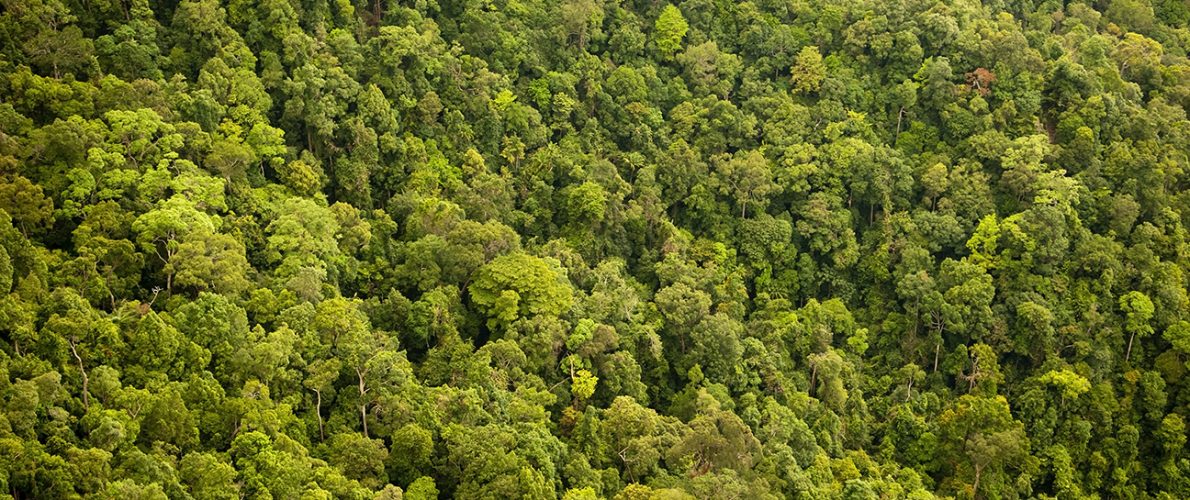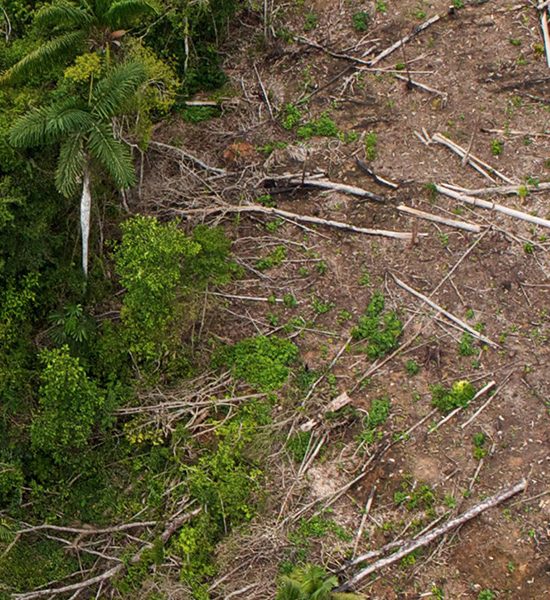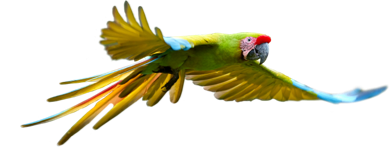
Save Africa's Smallest Owl from Commercial Agriculture in Kenya
Support more work like thisSupport more work like thisThe Dakatcha Woodland is one of the last remaining parts of the Coastal Forests of East Africa.
-
Species at Risk
Clarke’s Weaver (EN), Sokoke Scops Owl (EN), Sokoke Pipit (EN), Golden-rumped Sengi (EN)
-
Carbon stored
400,893 mT*
*(metric tons of CO2 equivalents) -
Partner
World Land Trust, A Rocha-Kenya, and Nature Kenya
-
12,277 Proposed Acres Conserved by
Designation and Purchase
-
Project Cost: $2,141,553

12,277
The Dakatcha Woodland is one of the last remaining parts of the Coastal Forests of East Africa.
-
Species at Risk
Clarke’s Weaver (EN), Sokoke Scops Owl (EN), Sokoke Pipit (EN), Golden-rumped Sengi (EN)
-
Carbon stored
400,893 mT*
*(metric tons of CO2 equivalents) -
Partner
World Land Trust, A Rocha-Kenya, and Nature Kenya
-
12,277 Proposed Acres Conserved by
Designation and Purchase
-
Project Cost: £1,551,850

12,277
At 6.5” tall, the Sokoke Scops Owl (EN), the smallest on the African continent, could fit snugly in your hand. With an insect-based diet, this owl is dependent upon undisturbed lowland forests that have Cynometra trees for nesting, like the Dakatcha Woodland of Eastern Kenya.
The Dakatcha Woodland is one of the last remaining parts of the Coastal Forests of East Africa—90% of which have been wiped out from large-scale development. In addition to the Sokoke Scops Owl, the landscape shelters scores of endangered wildlife, including Clarke’s Weaver (EN), Sokoke Pipit (EN) and Golden-rumped Sengi (EN).
Rainforest Trust and our partners A Rocha Kenya, Nature Kenya and World Land Trust are working to expand protection in this vulnerable region by 12,277 acres before time runs out to secure this forest habitat. If we lose this site, all four of these species will face serious risk of extinction.
Explore Kenya

A pair of Sokoke Scops Owls, by Sergey Eliseev.

The Golden-rumped Sengi, by Lars Peterson.

Did you know?
of East Africa's Coastal Forests have been wiped out by large-scale development.
Save vital forest habitat from charcoal production
Unfortunately, despite its ecological and biological importance, Dakatcha remains mostly unprotected, leaving the land highly vulnerable to harvesting resources for charcoal production and to encroaching development, particularly from land prospectors who are purchasing the land and then selling it for large-scale pineapple plantations. Land prices continue to skyrocket, so if we don’t act now what forest is left will be too expensive for conservation to fund.
Charcoal burning only started in the Dakatcha Woodland in 2004, but has since decimated the forest. Although the practice of cutting and burning trees to make charcoal spread slowly in the beginning, the last two years have seen a steep increase. Road development for transportation of massive charcoal kilns and easier access to burning sites has led to an accelerated rate of destruction.
Protect a refuge for threatened species
The Dakatcha Woodland is categorized as both a Key Biodiversity Area and an Important Bird Area, globally recognized as an irreplaceable refuge for threatened species found nowhere else on Earth. The proposed project sites contain significant portions of undamaged habitat known to support Golden-rumped Sengi (EN) and Sokoke Pipit (EN).
In addition, the variation of habitat in the woodland allows for many other species to thrive, including a plethora of bird species who rely on the land for feeding and breeding grounds and will benefit from this protection—including the endemic Clarke’s Weaver (EN). Dakatcha is one of only two small fragments of coastal forest in Kenya where this bird has been recorded. It is also the only site where breeding has been observed, which makes it a target of great importance for our conservation efforts.




We Value Transparency.
Conservation work is critical, challenging, and can be costly. We work hard to ensure we raise only the funds needed for each project. In the rare case we raise more money than needed or a project comes in under budget, excess monies will be transferred to the Conservation Action Fund. This fund supports our important conservation work throughout the tropics.
Learn more about the Conservation Action FundLearn more about the Conservation Action FundSign up to receive the latest updates
"*" indicates required fields

Partnering to Save Species and Habitat
Our partners’ ability to work with their governments and build strong connections with local communities ensures the successful implementation of our projects.
Learn More About These PartnersLearn More About These Partners
